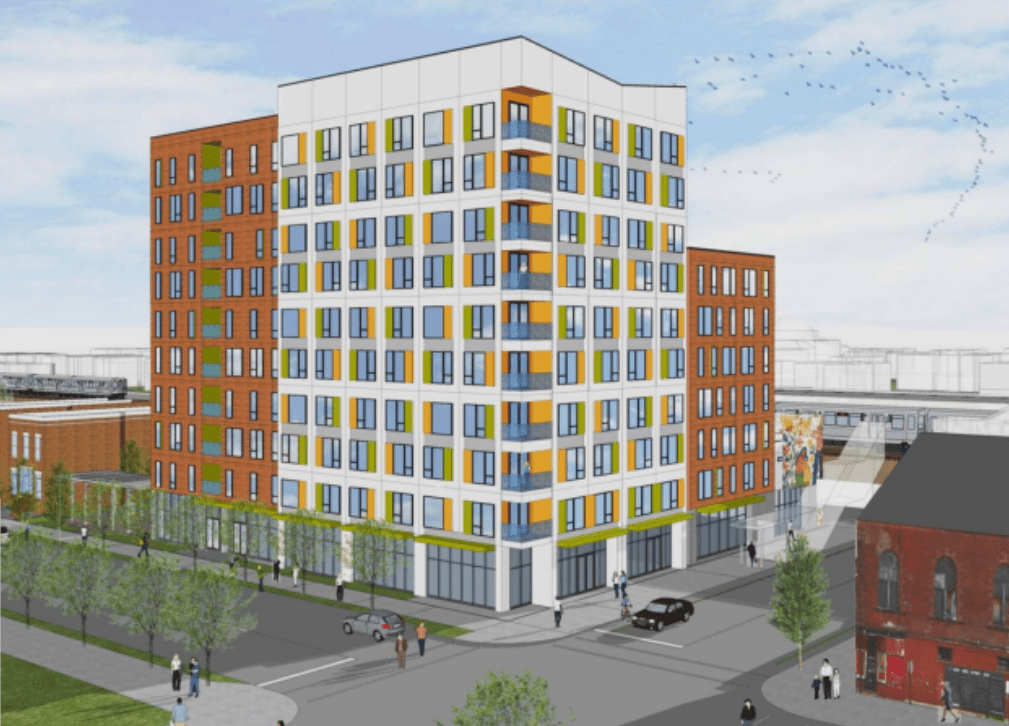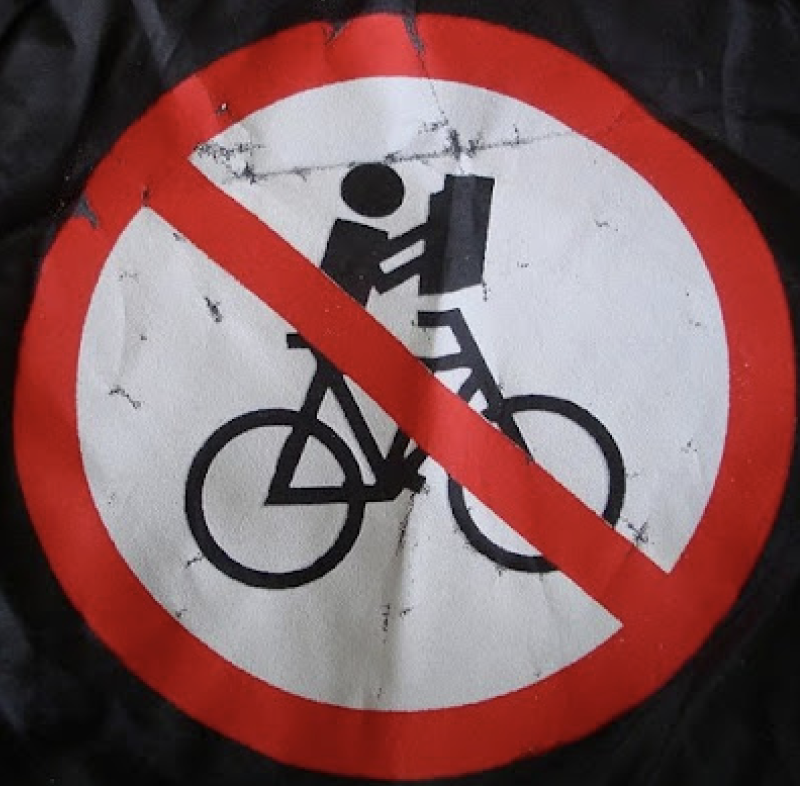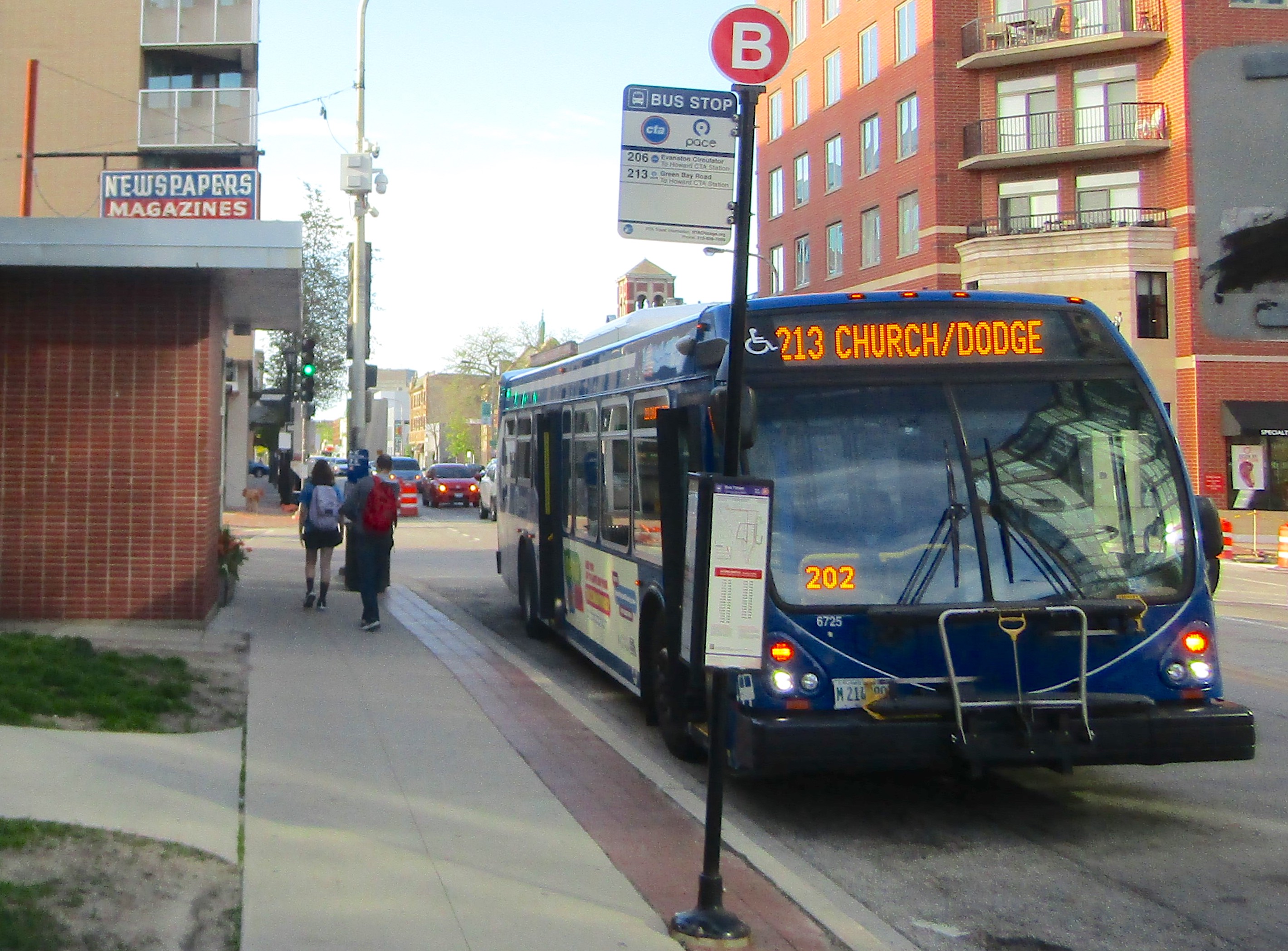Chicago is generally a good place to call home if you want to live car-free. However, the ability to have a high quality of life without owning a car varies greatly within the city. It’s often much easier to get around without a car if you live downtown or on the North or Northwest sides in neighborhoods with high retail density and good transit access. In many underserved parts of the South and Southwest sides, it's much more challenging to get where you need to go without driving.
Furthermore, 90 percent of transit-oriented development in Chicago has been on the North Side, within downtown, or in the West Loop. The Connected Communities Ordinance, which Mayor Lori Lightfoot introduced to the Chicago City Council last month, seeks to spur new investment close to transit on the South and West Sides and reduce displacement pressure in transit-rich North and Northwest Side neighborhoods by encouraging the construction of affordable housing near public transportation.
Last month Streetsblog Chicago looked at the general goals of the proposed ordinance and their merits. Now that a draft of the ordinance has been filed, let's take a closer look.
The Connected Communities Ordinance builds on Chicago’s 2020 Equitable Transit-Oriented Development Policy Plan, which outlined a set of actions for officials to take to promote eTOD. According to a fact sheet about the new ordinance that was developed by Elevated Chicago, there are three overarching goals of the CCO: Create and connect to jobs and encourages more homes and businesses by expanding existing TOD incentives more equitably across the city; improve the safety of streets and sidewalks near transit; and increase housing opportunities, affordability, and accessibility near transit.
Here are some of the details from the draft of the ordinance:
More homes and businesses near transit:
- Extends TOD incentive to all corridors with high frequency bus service or strategic potential for neighborhood development, tripling the number of properties near a listed bus route. Provisions apply within a five minute walk of the corridor.
- Extends the current TOD zone to include all properties within a half mile – typically a ten-minute walk – of every CTA and Metra station. Currently, properties up to half a mile away have to lie along city-designated “Pedestrian Streets," which are currently concentrated on the North Side, to benefit.
- Eliminates one-size-fits-all parking mandates for high-density apartments near transit.
- Caps the amount of on-site parking in new residential developments at one spot per two units. (Unfortunately the ordinance still leaves open the possibility of developers building a parking spot for every unit if they get an an administrative adjustment from the city.)
Safer Streets:
- Requires an administrative adjustment to build a new curb cut and driveway near a rail station.
- Requires that new developments prioritize pedestrian safety near rail stations.
More affordable housing:
- Requires that every affordable development in a high-cost area get an up or down vote in the city's zoning committee. This will help prevent individual alders from blocking affordable housing developments. An affordable development is one that builds all of its ARO-required units on-site rather than a blend of on-site and off-site units.
- Requires buildings electing to have TOD density incentives to build more affordable units and allows developments to swap parking for more affordable units.
- Eliminates on-site parking requirements for affordable housing.
- Prevents deconversions in low-affordability communities and communities facing displacement – which means more affordable three flats can’t be gutted and turned into single-family homes without a zoning change
Urbanize Chicago looked through at the Connecting Communities ordinance and found a few other noteworthy elements:
- The TOD zone for high-frequency CTA bus lines stays the same, but the number of qualifying bus corridors has “significantly increased.”
- An increase in the number of zoning districts where minimum off-street parking ratios can be reduced up to 100 percent if they fall within a TOD radius
- Residential buildings within the newly expanded TOD zones must contain one bike parking spot per dwelling unit, while non-residential units within TOD zones must provide one bike parking spot for every two required car parking spots.
If passed, the Connected Communities Ordinance will help sow the seeds that will eventually bear the fruit of reduced racial segregation, more vibrant communities throughout the city, and reduced car dependency, a very worthwhile goal. The legislation will need to be approved by the City Council's Committee on Zoning this Tuesday, July 19, before going to the full Council for a final vote that Wednesday.





